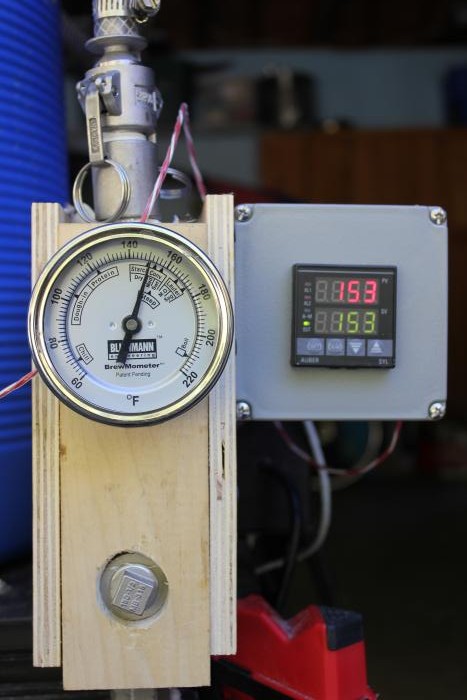richbrew99
Well-Known Member
subscribed



Is there a link to the thread for the Wifi and RF temp build? I would like to take a look at this.
How will this save on the pump?
I didn't see a picture of the spring in the tube. Does it rest against the sides of the tube or is it held in the middle by the rod?















Can you post a link to where someone is boiling wort in a RIMS tube please?
I would like to boil without a propane burner or a heat stick. I do BIAB but I don't think that makes any difference in how the RIMS works.
Thanks for that link.
He talks like the whole pot doesn't have to boil at once, but I gather that the whole pot has to be boiled even if a little at a time to drive off the "stinky" parts.
I hope you can find the link to the 3kw internal element builder.
Is there a reason you went with stainless steel over copper for the heating tube?
I was actually thinking more of the better heat conductivity of copper rather than the cost. Can you explain more detail on the electrolysis issue?
Hey, am thinking of putting something like this together. I'd like to put it in a toolbox or something similar. Assuming I used the same materials as you, do you think there is any chance I could get away with the heating pipes in the same small enclosure (thinking a 24"x9"x9" aluminium box) as the PID controller and the SSR? Or does the system, even well insulated, still just put out too much heat to operate in an enclosure with temperature sensitive electronics?
Thanks for the thread.